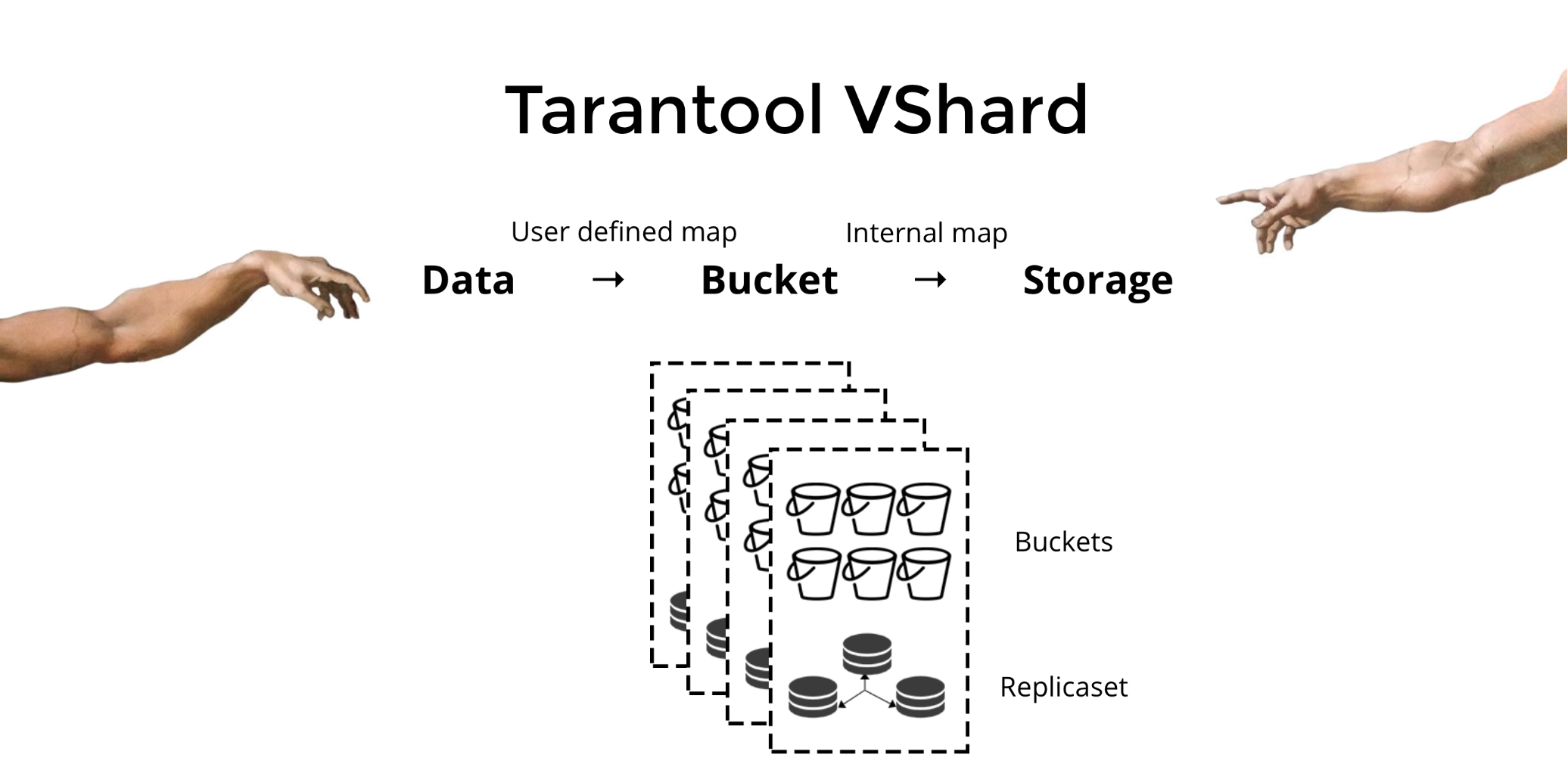Memory and Span pt.1
 Starting from .NET Core 2.0 and .NET Framework 4.5 we can use new data types:
Starting from .NET Core 2.0 and .NET Framework 4.5 we can use new data types: Span and Memory. To use them, you just need to install the System.Memory nuget package:
PM> Install-Package System.MemoryThese data types are notable because the CLR team has done a great job to implement their special support inside the code of .NET Core 2.1+ JIT compiler by embedding these data types right into the core. What kind of data types are these and why are they worth a whole chapter?
If we talk about problems that made these types appear, I should name three of them. The first one is unmanaged code.
Both the language and the platform have existed for many years along with means to work with unmanaged code. So, why release another API to work with unmanaged code if the former basically existed for many years? To answer this question, we should understand what we lacked before.
This chapter was translated from Russian jointly by author and by professional translators. You can help us with translation from Russian or English into any other language, primarily into Chinese or German.
Also, if you want thank us, the best way you can do that is to give us a star on github or to fork repositorygithub/sidristij/dotnetbook.














